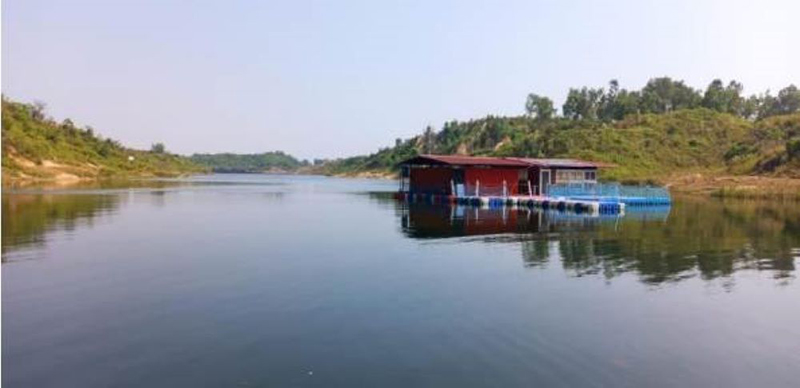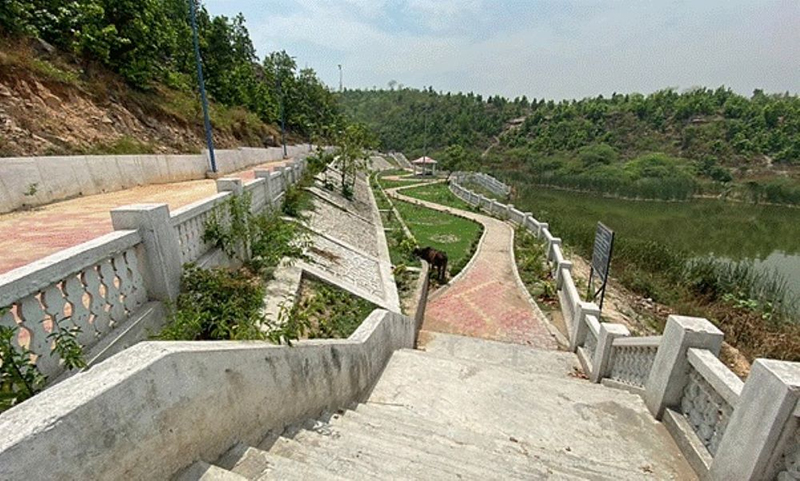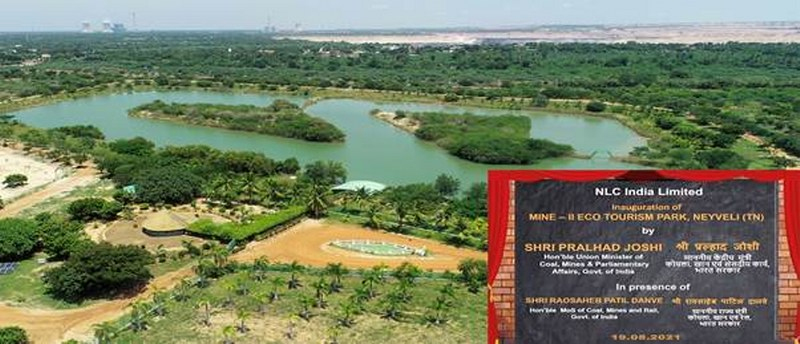
From eco-parks to coal gasification: India's top efforts to hit net zero by 2070
New Delhi: State-owned coal miners are taking various initiatives to make coal mining a sustainable exercise in line with India’s vision to be net zero by 2070.
One of the major steps involves the reclamation of abandoned coal mines apart from the gasification of coal, installation of renewable energy products, and conservation of water bodies
Coal Minister Prahlad Joshi said CIL and other government-run coal mining PSUs are infusing multiple crores to reclaim the abandoned coal mines by afforestation and development of eco-parks, according to a media report.
The coal ministry said last February that thirty such eco-parks are already attracting steady footfalls and plans are afoot for the creation of more eco-parks and eco-restoration sites in CIL’s mining areas.
These eco-parks and tourism sites are also proving to be a source of livelihood for the local populace.
Some of the popular destinations that provide further fillip to coal mine tourism include Gunjanpark, ECL, Gokul eco-cultural park, BCCL, Kenapara eco-tourism site and AnanyaVatika, SECL, Krishnashila eco-restoration site and Mudwani eco-parks, NCL, Ananta medicinal garden, MCL, BalGangadhar Tilak eco-park, WCL and Chandra Sekhar Azad eco-park, CCL.

In the span of the last seven to eight years, the Modi government has increased the green cover over 16,262 hectares of land.
In the current financial year, the public sector companies have drawn a plan to cover an area of 2,500 hectares, planting 50 lakh saplings. This will take the total count to over 42 million trees.

Further, coal PSUs are taking several steps for the conservation and efficient use of mine water by supplying the same in its command areas for community usage such as drinking and irrigation.
The beneficiaries of mine water are mainly tribal people and those living in remote areas.
“During the current fiscal, coal/lignite PSUs planned to supply around 4000 LKL of mine water for community use of which 2788 LKL has been supplied till December 2022,” said the coal ministry.
Approximately 18 lakh people living in about 900 villages in the proximity of coal mining areas are being benefitted from water discharged from the operational as well as abandoned coal mines.
Last year, the government allocated Rs 6,000 crore for the adoption of coal gasification technology.
Coal gasification is a process that converts solid coal into gas fuel, commonly known as syngas, which can be used for various purposes such as electricity generation, fuel for industrial processes, or as a feedstock for producing chemicals and synthetic fuels.
During the gasification process, pollutants such as sulphur, nitrogen, and particulate matter can be captured and removed more efficiently compared to traditional coal combustion. This leads to reduced emissions of sulphur dioxide (SO2), nitrogen oxides (NOx), and particulate matter, which are known contributors to air pollution and environmental damage.
Additionally, gasification allows for the capture and potential sequestration of carbon dioxide (CO2) emissions, which are a major contributor to climate change. Integrated gasification combined cycle (IGCC) plants, for instance, can capture a significant portion of the CO2 produced during gasification and store it underground.
In order to ensure long-term source-specific coal linkage for these projects, the government has asked the PSUs to open a separate coal auction window.
Identifying the right coal gasification technologies, particularly carbon capture utilization and storage (CCU), is another major component in the implementation.
Support Our Journalism
We cannot do without you.. your contribution supports unbiased journalism
IBNS is not driven by any ism- not wokeism, not racism, not skewed secularism, not hyper right-wing or left liberal ideals, nor by any hardline religious beliefs or hyper nationalism. We want to serve you good old objective news, as they are. We do not judge or preach. We let people decide for themselves. We only try to present factual and well-sourced news.







